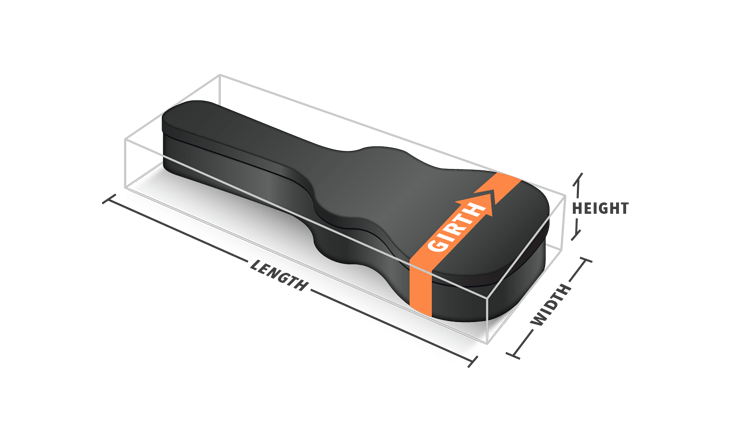Support Home > Packing >
How To Package a Guitar for Shipping
Ensure your guitar receiver is ready to rock when their shipment arrives by taking a few extra steps to properly package and protect your shared investment.
(1) Use a new box. Boxes lose their rigidity once used, so a new rigid box is best for optimum protection. Insurance companies (and couriers) can decline coverage if an inspection reveals that the shipping box was previously used.
(2) Expect the best, prepare for the worst. Use tons of bubble wrap and make sure no part of the guitar body is unprotected against the sides of the shipping box. Couriers are swamped with shipping volume, so packages may get handled a little “rougher” than usual. You basically have to assume that your package is going to be dropped, so package accordingly. Thick bubble wrap, new rigid boxes, and additional foam cushioning inside to fill up any loose space.
(3) Take pictures! When a damage claim is filed, the courier must determine if the damage was due to their mishandling or your poor packaging. Be prepared to prove your case. Both insurance companies and couriers can request to inspect the packaging and if the receiver has already disposed of it, you’ll have your photos as backup.
Let’s get started:
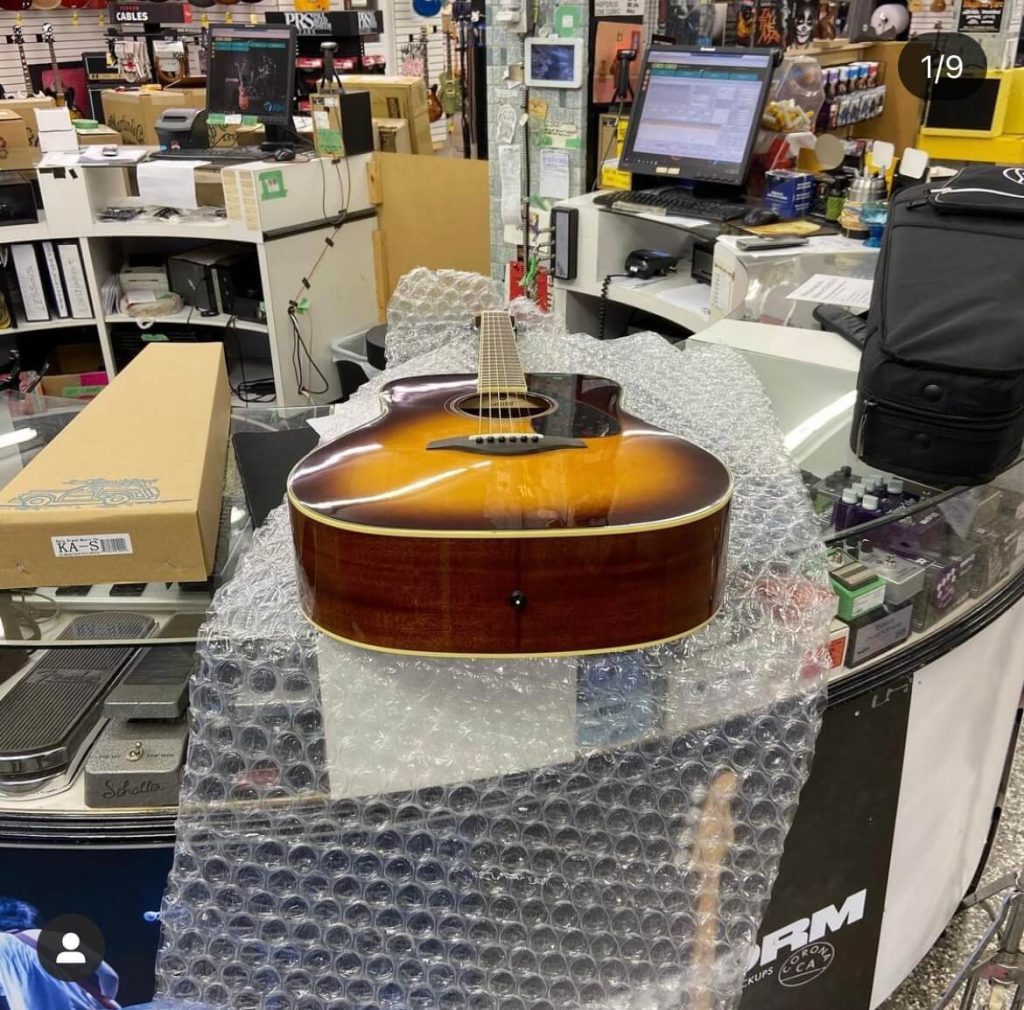
Wrap the guitar completely using quality bubble wrap or foam cushioning. Packing supplies can be purchased online from stores like U-Line and Amazon or at your local moving rental provider like U-Haul.
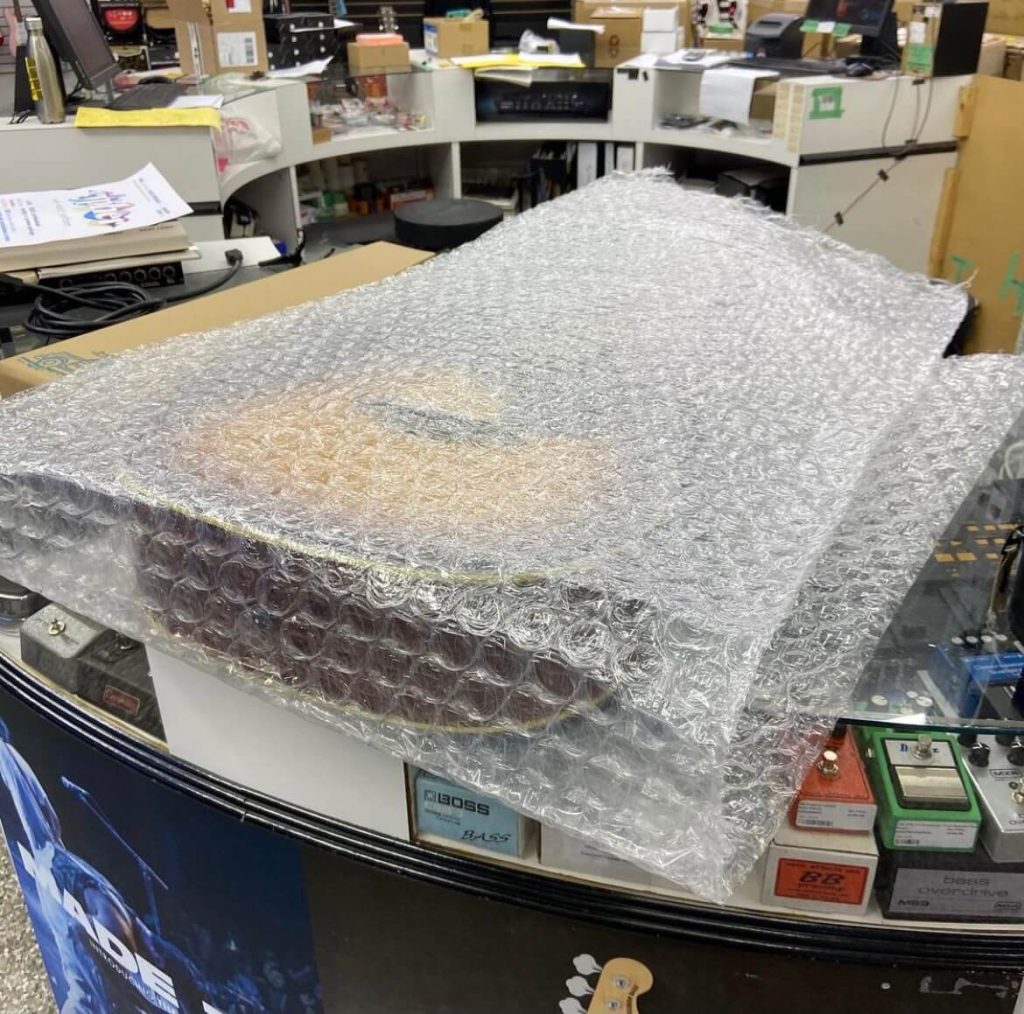
Add extra layers around the neck, neck joint, and headstock of the guitar. These are typically the weakest points and require extra protection.
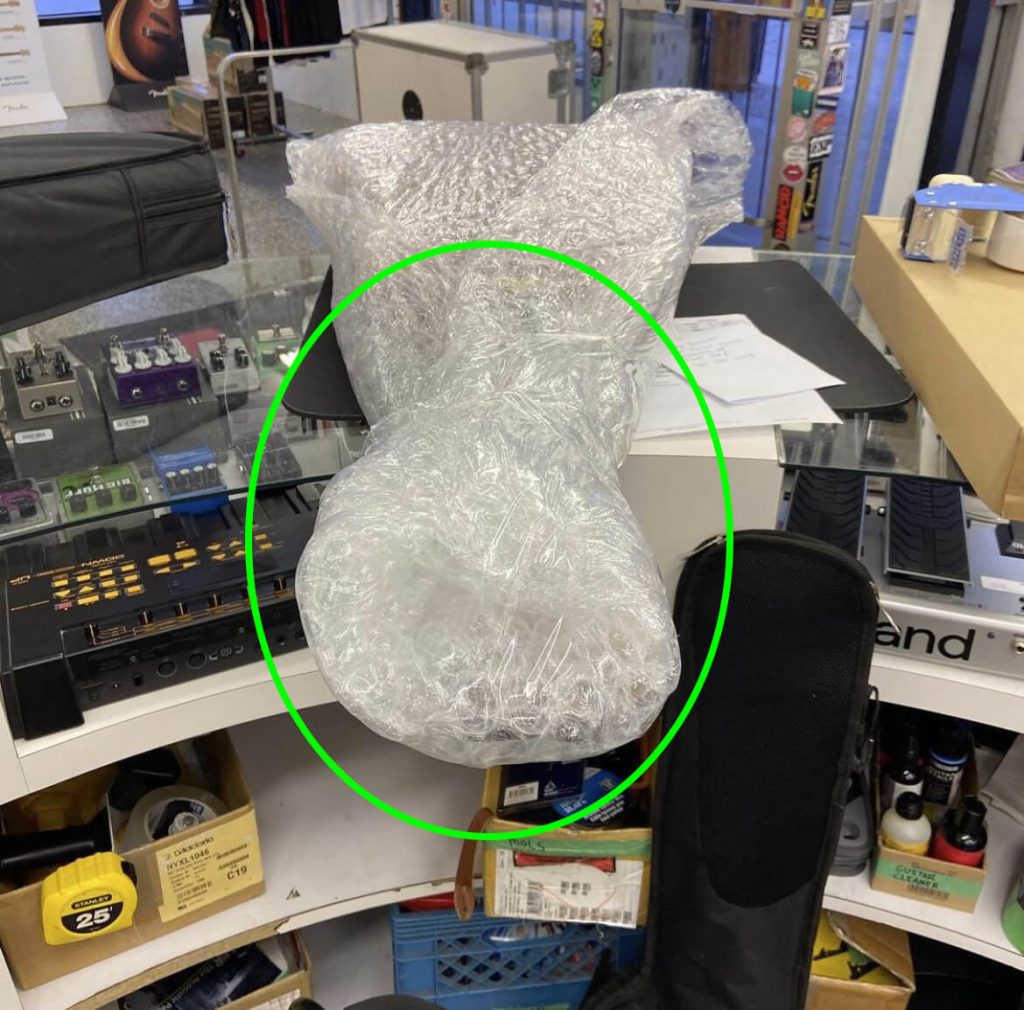
Remember: Using a NEW box to ship a guitar is highly recommended.
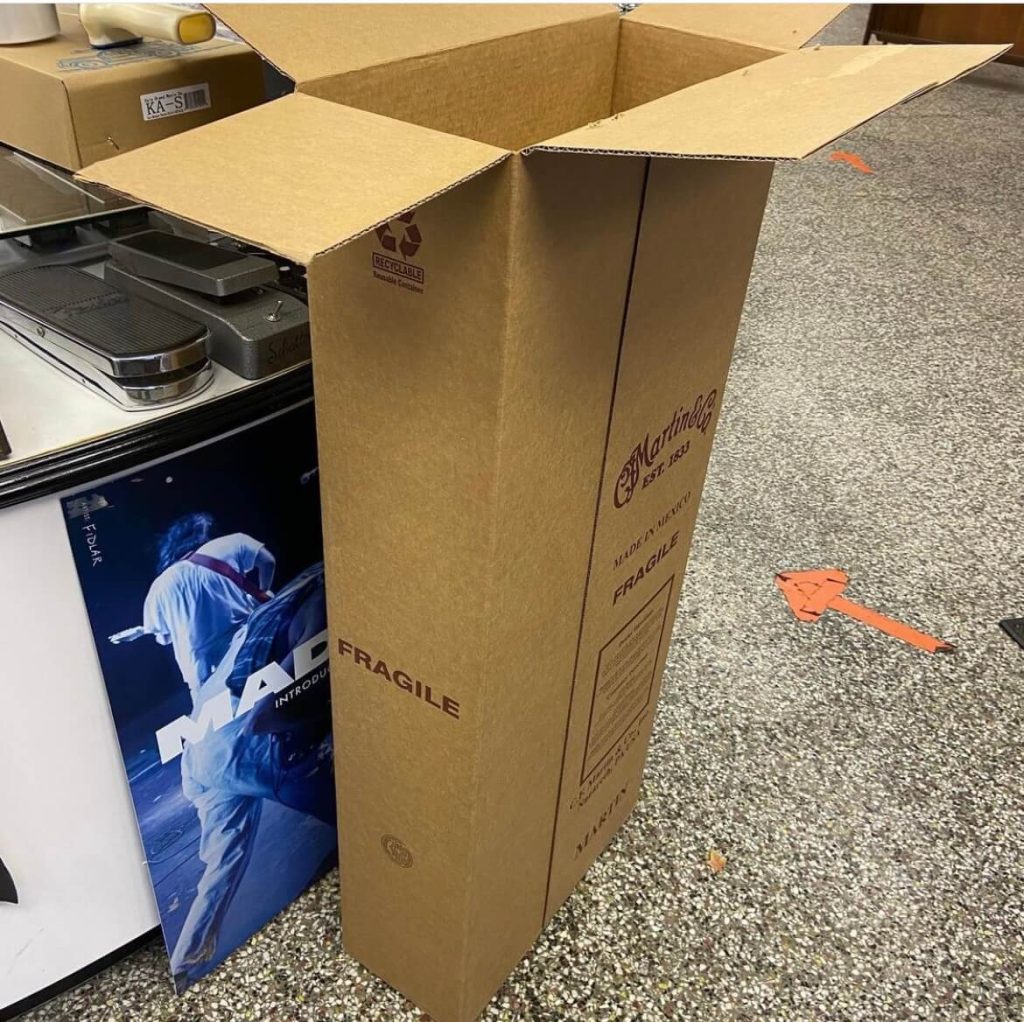
Add a minimum of 2″ of additional cushioning between the wrapped guitar and the top, bottom and sides of the box.
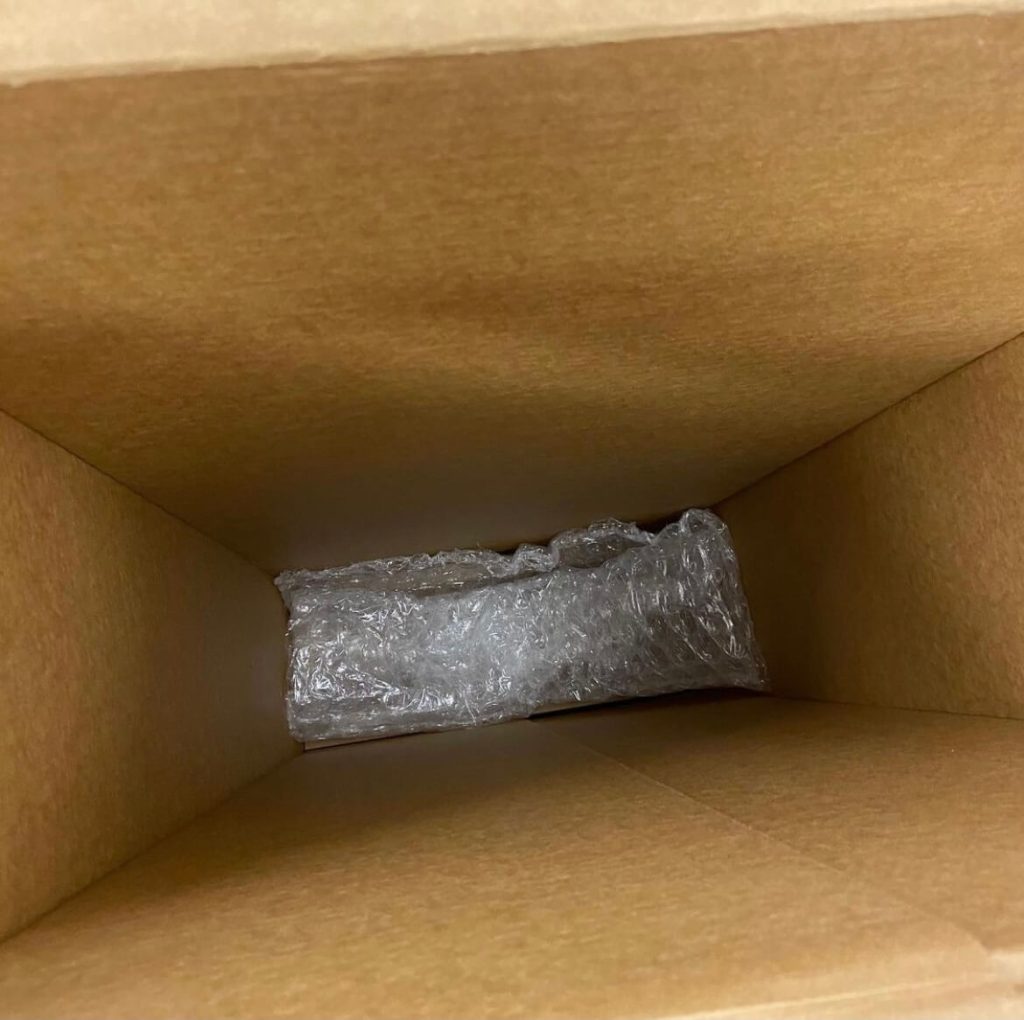
Fill any gaps so that the guitar is snug within the shipping box. The less internal movement while in transit, the better.
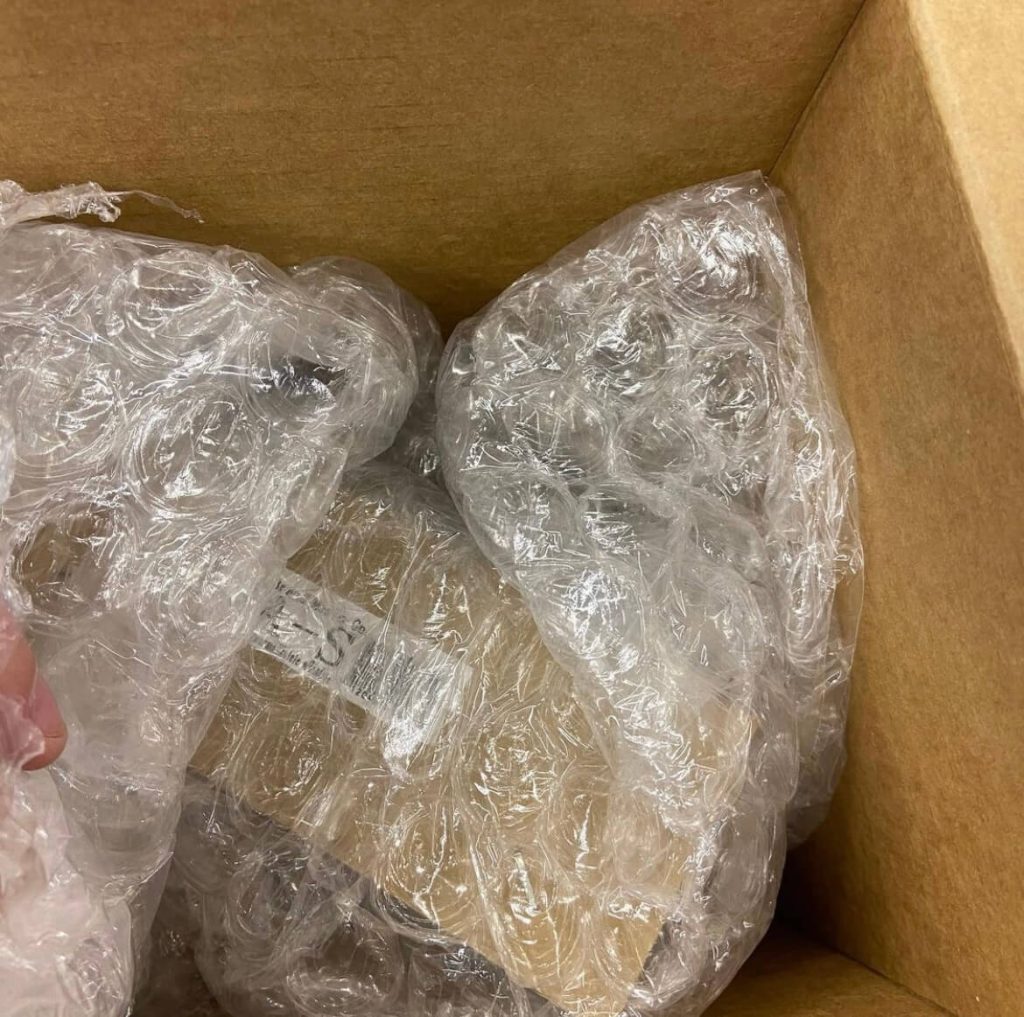
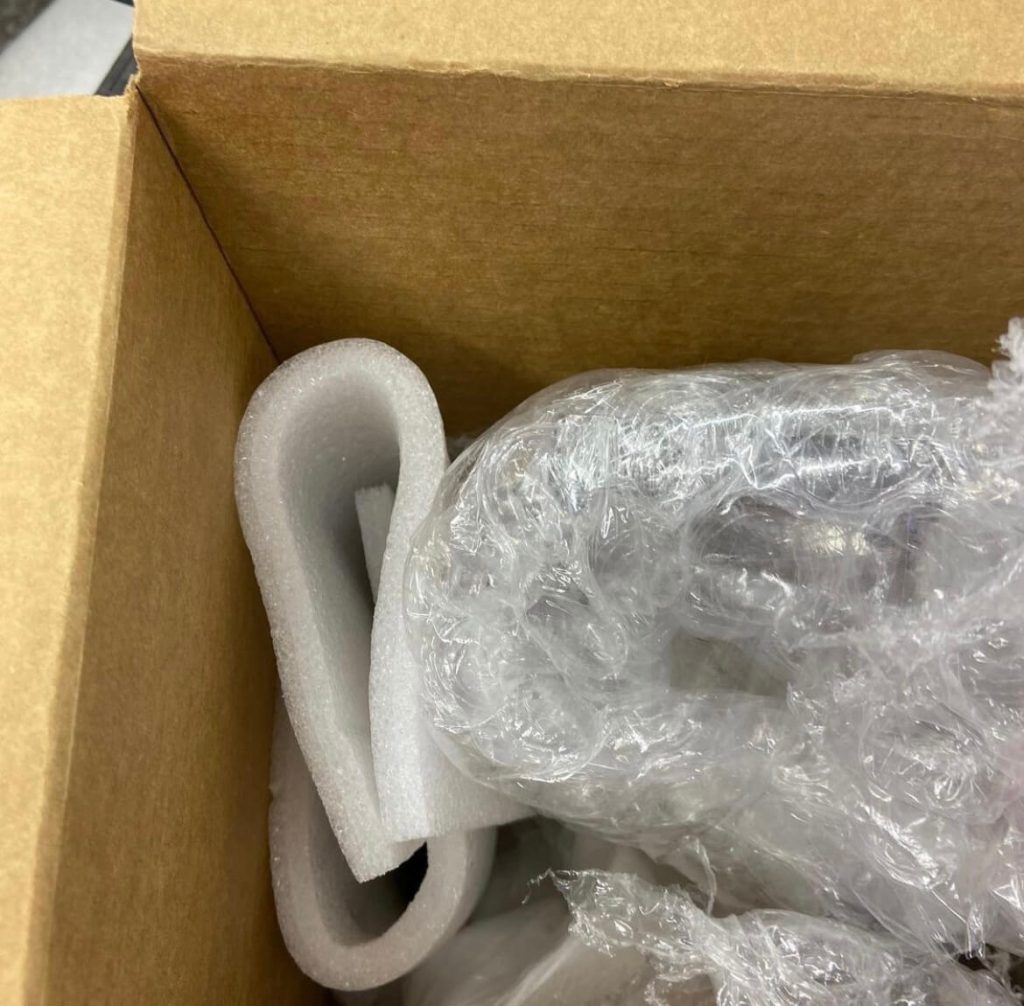
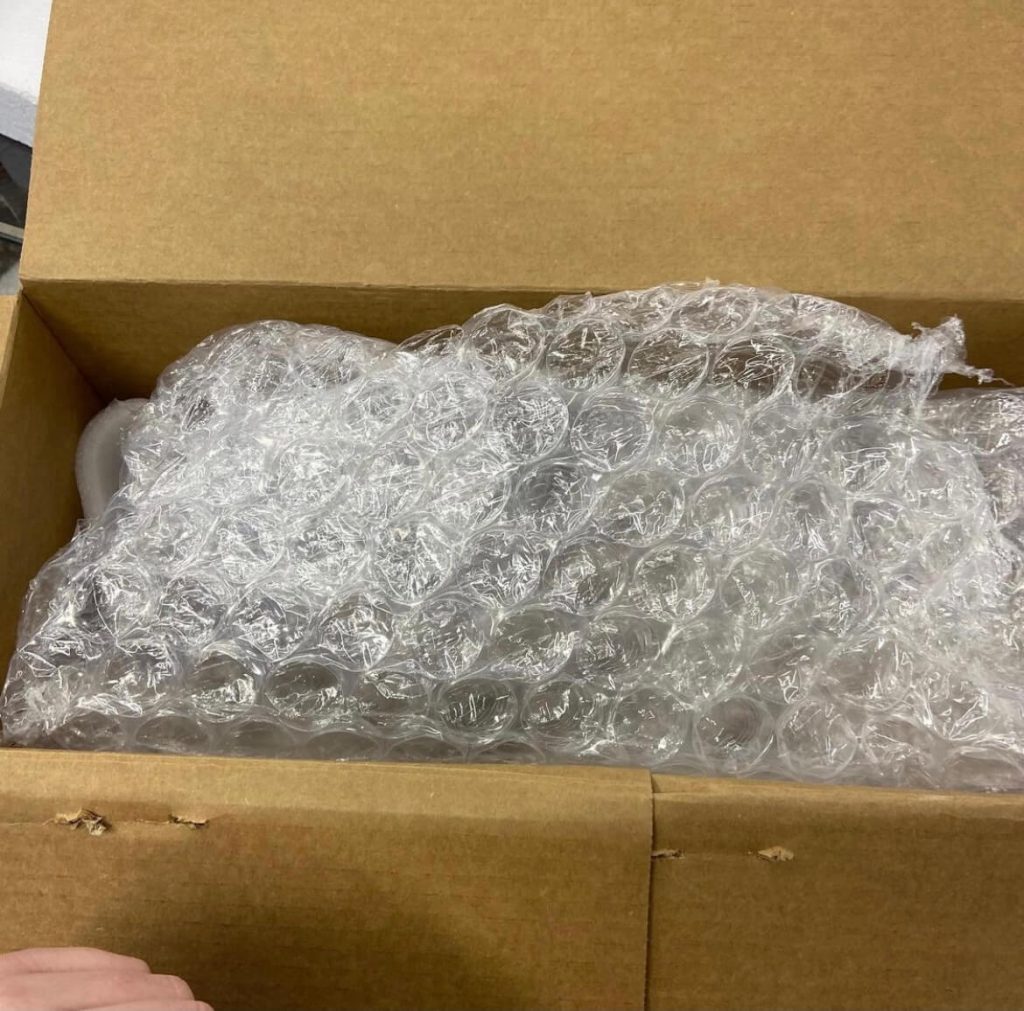
Nerd Alert! Put a duplicate label inside the box before you seal it up. Should the outer label become illegible, the courier will usually check inside for a packing slip or label.
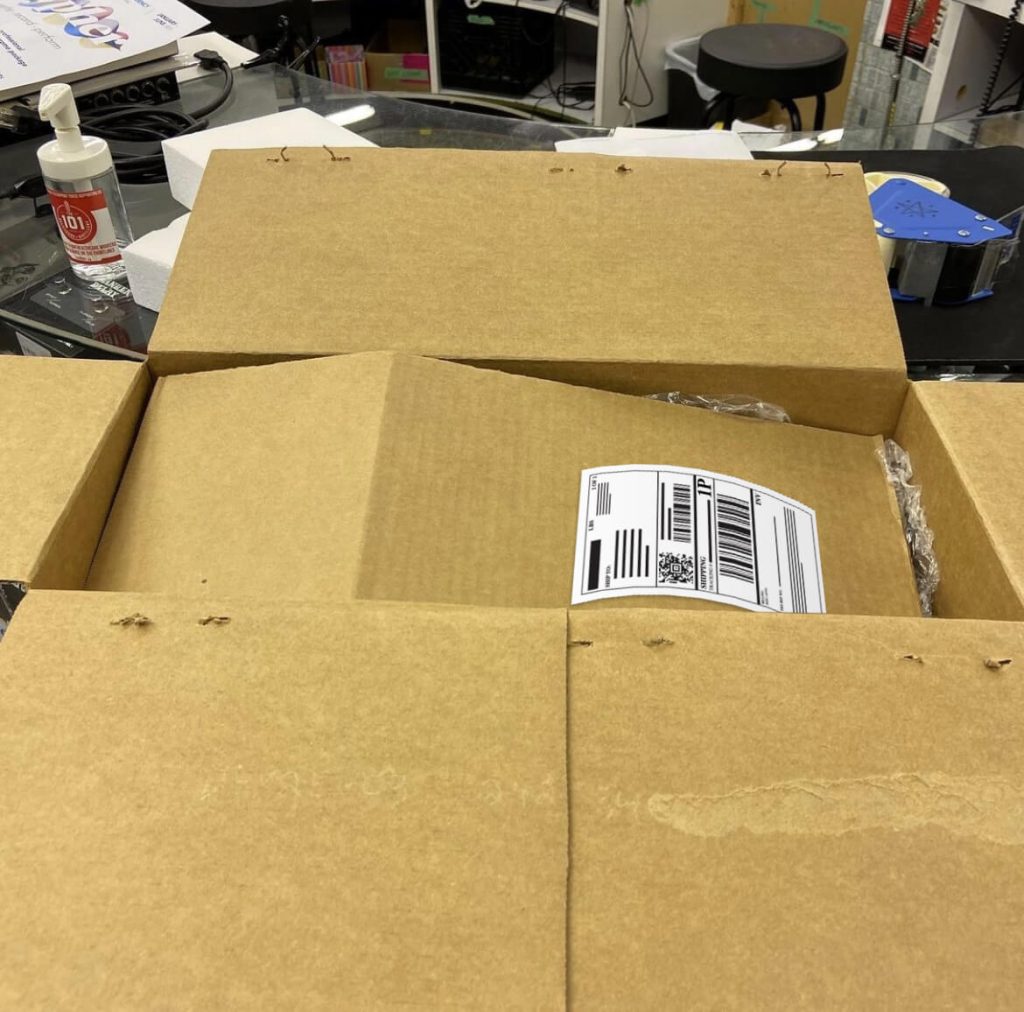
How to measure: Couriers use these dimensions to calculate the dimensional weight of your package. The total shipping cost is determined between the greater of Package Weight vs Dimensional Weight. * Please remember to always round up.
